Trust badges play a big role in increasing your eCommerce conversion rate. In this guide, we’ll cover how you can use trust badges on your eCommerce store to drive more sales. Here’s everything you need to know about trust badges:
What Is a Trust Badge?
A trust badge is – as the name implies – a badge (i.e., a symbol, icon, or widget) that you can place on your website to help reassure visitors that your site is legitimate and they can safely proceed to checkout to buy your products and/or services.

You’ve likely come across trust badges on eCommerce sites where they typically appear at checkout but are often also included as a seal of approval on a product, cart, and other pages that are a part of the buyer’s journey. The thinking behind using trust badges is that the majority of website visitors will not be familiar with your brand and land on your site from ads or come across one of your products in a Google Search.
They won’t be familiar with who you are, whether you’re legitimate, and whether it’s safe to buy from you.
The added credibility that trust badges provide is significant enough to be proven to show a measurable improvement in conversion rates.
In other words, the data proves that using trust badges makes visitors more likely to convert into customers.
The outcome of this for you is that for the same amount of traffic driven to your site, more visitors will convert, meaning more people that come to your site from paid advertising (as well as search and other sources) will turn into buyers – which is, of course, ultimately what you want.
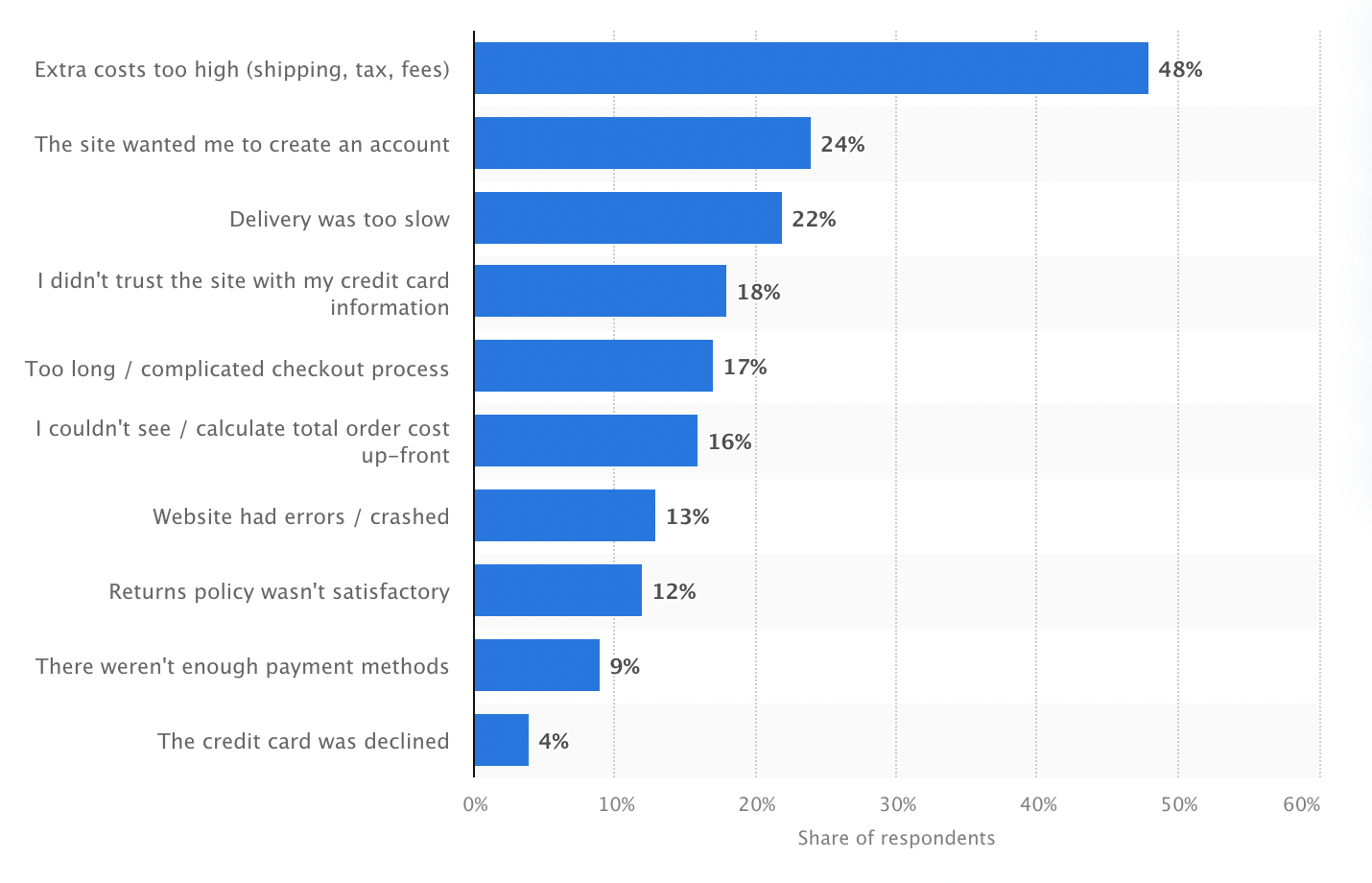
The bar chart above shows the most common reasons why people abandoned their carts during the checkout process (in 2022).
As you can see, 18% of the visitors didn’t trust the site with their credit card information and decided not to buy altogether.
Trust badges can help reduce cart abandonment.
This is exactly why using a trust badge is important – it helps instill trust in website visitors and put their minds at ease.
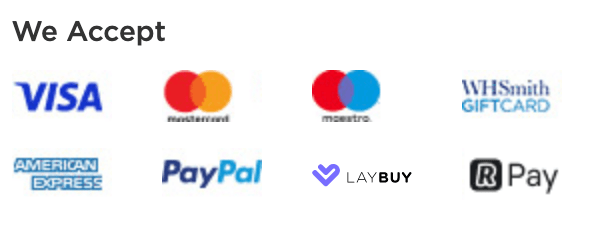
Note: Not all services that issue trust badges (of which there are many) actually vet each merchant individually; it’s often just something that brands can pay for and put on their websites regardless of security measures they have in place. However, we would not advise using trust badges in this way as it would be deceptive to website visitors.
Websites can also create their own versions or variations of “trust” badges that are simply affirmations of their commitments to certain processes like refunds, offering free shipments, and quality guarantees.
The Five Types of Trust Badges
There are different types of trust badges that you can use on your site to build customer trust. Here are the five best-performing trust badges that are worth considering using on your site:
1. Review Badges
One of the best ways to improve business credibility is to have others vouch for you. If you can get a third party to endorse your business, especially a reputable organization, it can significantly increase the chances that a visitor who lands on your site will be comfortable with the concept of buying a product or service from you.
There are two variations of this that can even be used in combination – review trust badges and trust badges issued by third parties.

Review badges can come in the form of claiming your business’s profile on sites like Trustpilot and encouraging your customers to rate their experience (and/or your products) so that you can showcase this with their review badges directly on your site.
Others include sites like the BBB accreditation (though this is focused on businesses in the US market), so you’ll have to look at the most suitable equivalent for where you’re based. One such example in the Netherlands is Qshops.
These third parties put you through some form of evaluation to make sure that you meet the standards that they set. It’s definitely worth noting that the merit of each of these varies based on the actual difficulty in achieving the accreditation; most are quite easy for businesses to get, while others can be more difficult.
For instance, the Amazon Best Seller badge is only given to a select few websites that can achieve lofty sales targets. As a result, it’s a good indicator of a product’s popularity on the world’s largest eCommerce marketplace and also carries more meaning for informed consumers who look into or already know how difficult it is to earn these trust badges
2. Third Party Endorsements, Accreditations, and Awards
Beyond reviews, there are other trust badges that we more broadly categorize as third-party endorsements. This can be anything that is a third party endorsing you, your brand, and/or your products.
If, for example, your eCommerce store is a jewelry retail store – there are specific trust badges that you can incorporate into your design (assuming you have the accreditation, of course). In the United Kingdom, all jewelry companies can be a member of the Company of Master Jewellers. The CMJ is an organization that was established by independent retailers & by becoming a member means you have access to specific suppliers, additional networking events, and hands-on support. And as a byproduct of many members displaying the badge that they are a member on their sites, consumers begin to recognize and associate reputed jewelry companies with sites that have that logo.
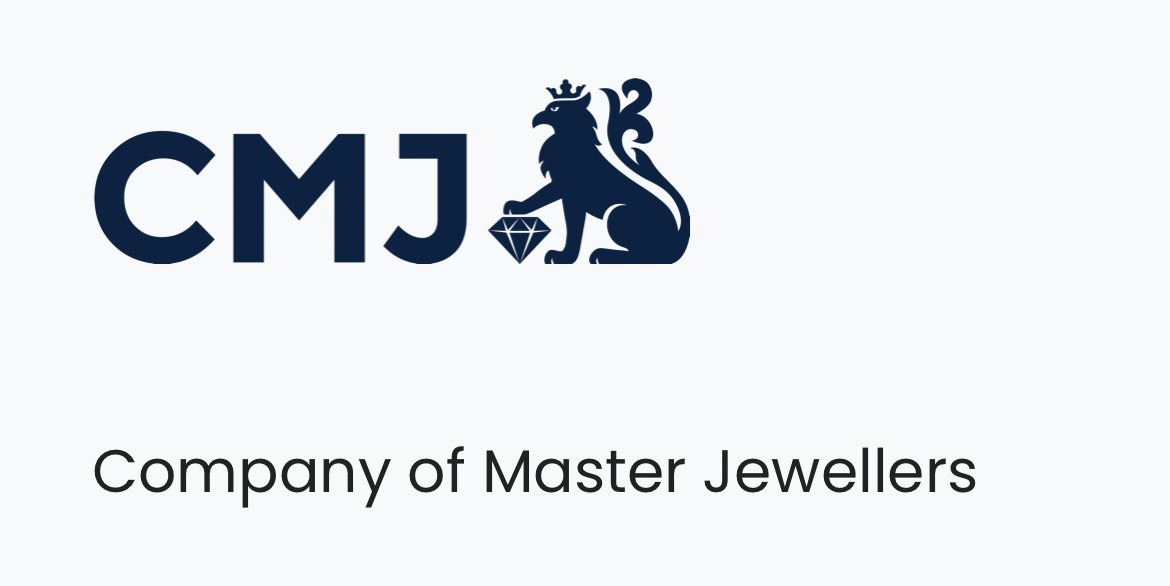
Other third-party endorsements could include awards that your business has won on sustainability or for being a leader in a specific category, etc.

3. Safe Checkout Badges
As mentioned above, a considerable amount of users abandon their carts because they simply don’t trust the site. They’re scared that your site isn’t going to treat credit card information or other sensitive data accordingly.
That’s why you may want to use safe checkout badges. They indicate that your website is using SSL (Secure Sockets Layer) to protect credit card information and personal data.
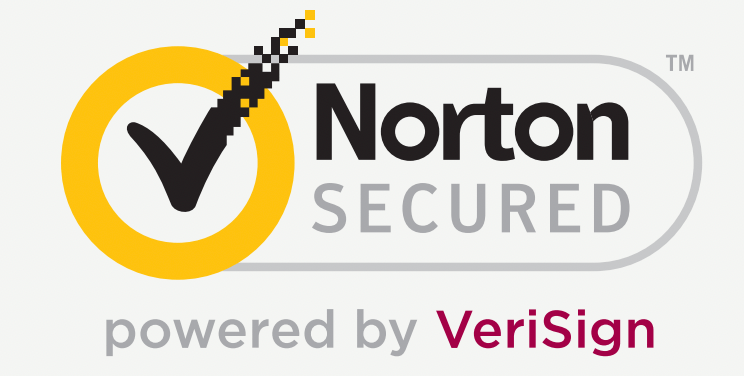
One of the most obvious examples of safe checkout badges is the Norton Secured Seal, which is issued by Symantec. It was previously known as the VeriSign Trusted Seal.
Safe Checkout badges primarily focus on improving trustworthiness and showing to visitors that your website’s safe and secure.
Ideally, you will want to use Safe Checkout badges near your Add to Cart button, or on your checkout pages, as this way, they will have a greater chance of having an impact on conversion rates just as visitors are about to make a purchase.
4. Payment Badges
Payment badges are all about fostering familiarity, which, again, helps people become more comfortable and confident when parting with their money. If you accept payments from different providers, especially recognizable processors like Visa, Mastercard, or American Express, why not use their trust badges?

As you can see above, the company has opted to put all the familiar payment badges to make their site seem more secure.
These most commonly are shown to you when you are making a payment, but can and should also be tested in other areas including in your website’s footer, to instill a greater sense of trust as visitors browse the products on your site.
5. Guarantee Badges
Guarantee badges aren’t issued by a third party but are designed by the company to offer guarantees to their customers. While you’ll obviously write about the guarantee in the website’s copy, it’s also recommended that you use trust badges to make this more prominent.
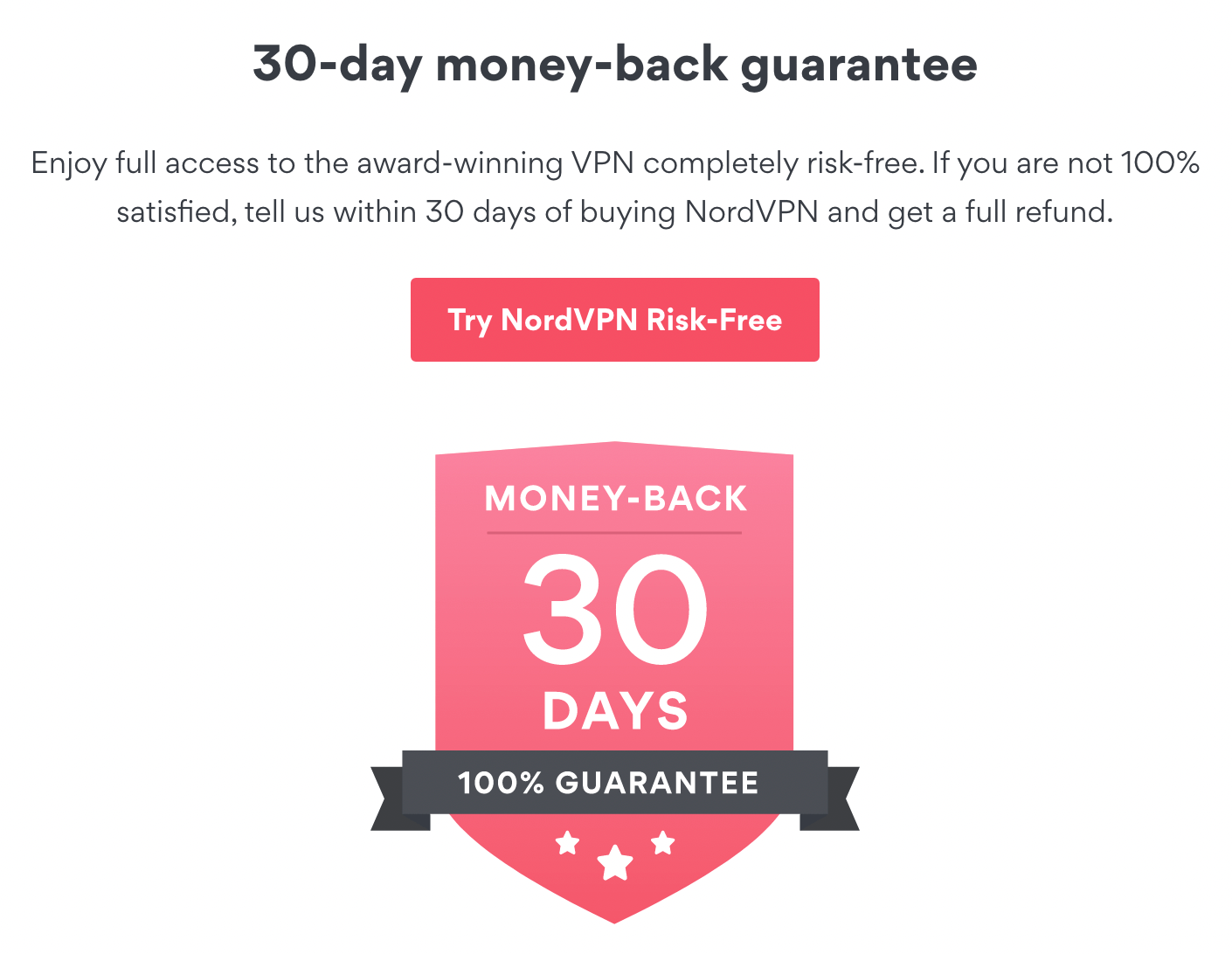
Here’s a good example of how NordVPN uses a trust badge to showcase that they are offering a 30-day money-back guarantee to its customers. It’s prominent, draws attention due to its bright color scheme, and they have a button nearby – so the chances are it’ll make you want to get started and try the service.
And that’s just one example. Depending on what “guarantees” you have in your arsenal, there are a number of others that can be suitable to use on your product and checkout pages, including instilling further confidence by showing delivery windows, i.e., Order before 10 PM and receive it tomorrow.
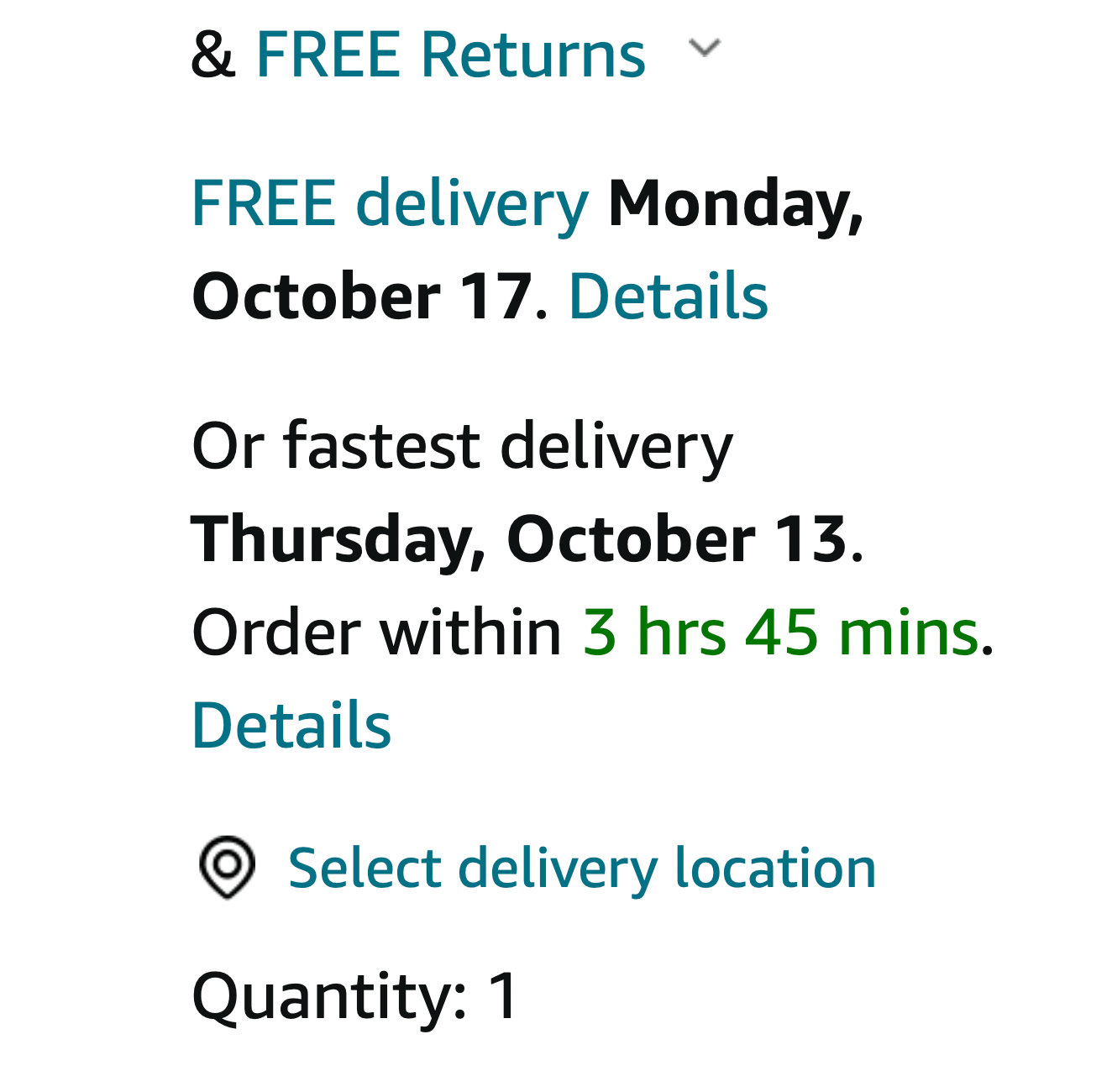
6. Free Shipping Badges

Most eCommerce owners use free shipping badges to drive conversions and maximize sales. Depending on where you ship – this can, of course, have an adverse impact on your margins. But, it tends to pay dividends in the increase in conversion rate and money you’re adding to the bottom line for the same amount of ad spend (and traffic generated from search) – which is why you’ll see it on most sites.
The image above, from JoeFresh, shows that the company offers free shipping and returns and lists the conditions. Again, most stores include these in their footer and on the product pages. In some cases, these trust badges can increase your conversion rates by up to 90%!
Free shipping is the single biggest blocker that prevents people from buying (see the Statista chart above). When you can provide them with reassurance on the home page, your visitors will be much more inclined to buy from your store.
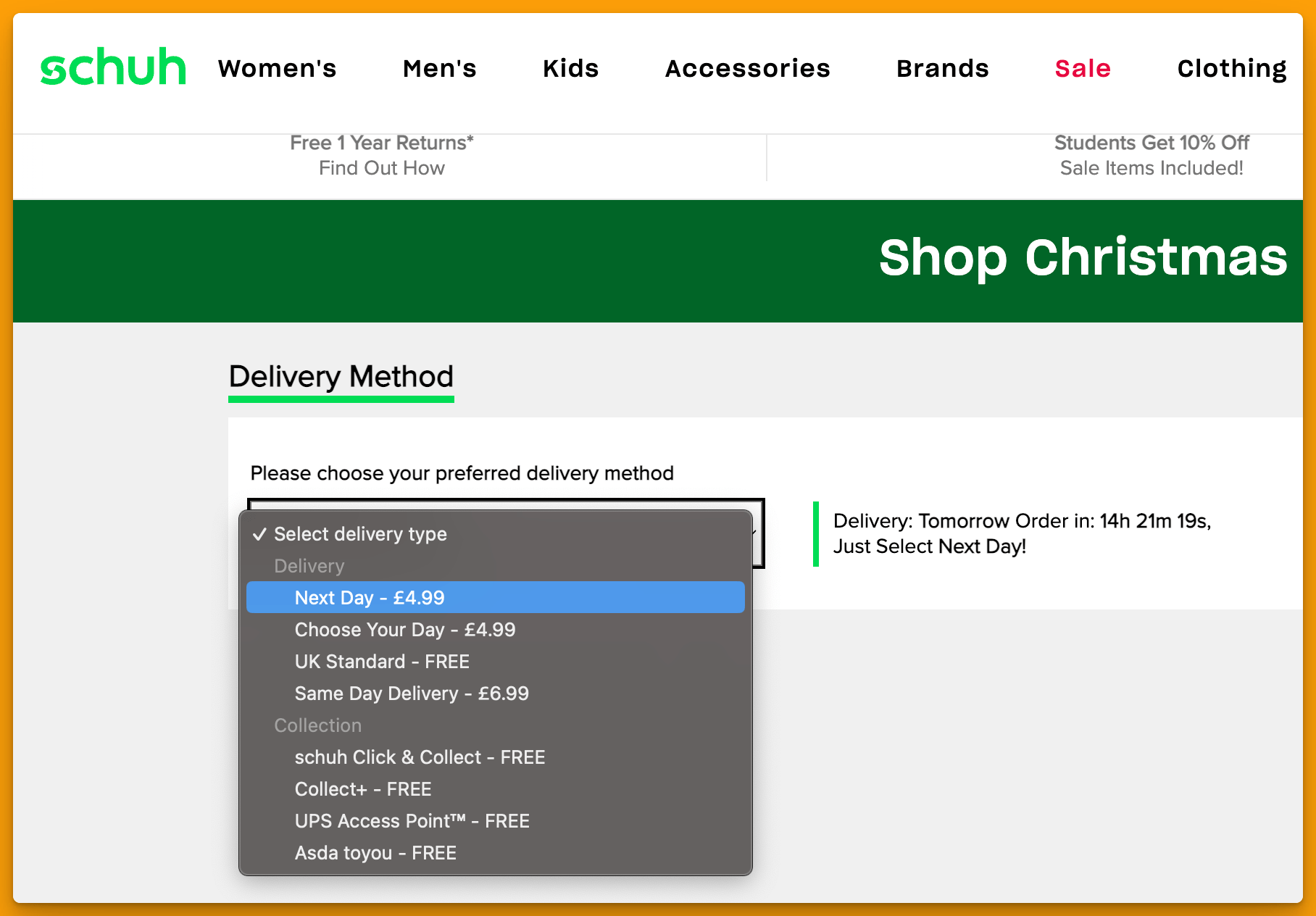
Sidenote: It’s also becoming popular to let customers choose between different shipping couriers available in their area at checkout. Giving them this choice tends to help as frequent online shoppers will have preferences and positive (as well as negative) experiences with certain couriers and how they handle packages in their area. Being able to choose a provider that you know is going to deliver your parcel on time and actually leave it in a safe place if you’re not around is a detail some customers will appreciate.
7. Contact Information and Social Profiles
And last but certainly not least is generally making your contact information and links to social profiles very visible on your site. This helps to reinforce that your business is easy to contact and that the site is very clearly associated with the correct entity.

This is not typically considered a trust badge in the typical sense of the other trust badges on this list. However, it is without a doubt the foundation for any of the others to actually be able to have their desired impact, and for your site to be trusted is when it can easily be associated with active social profiles and a method of reaching out in the event that they have an issue with an order (or want to begin a return).
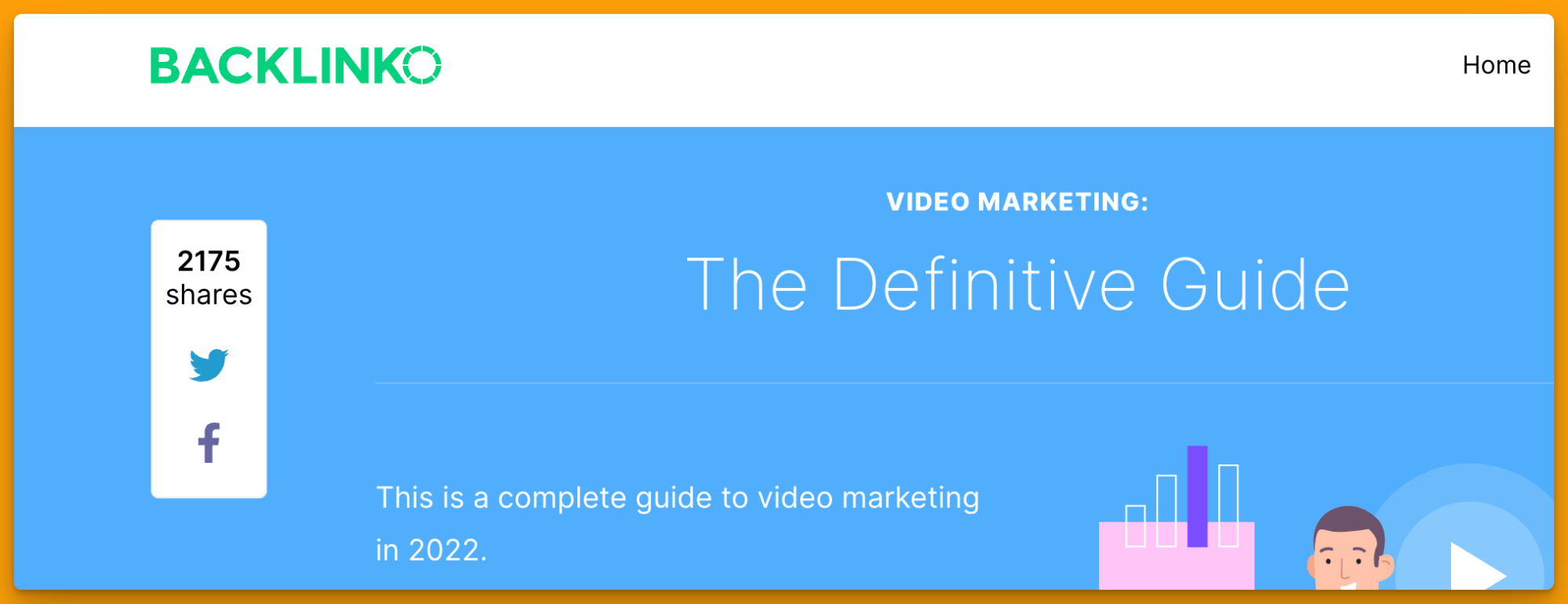
Simply put, having a great trust badge to highlight your return policies is great, but without having contact information or coming across like an organization that can be trusted, it’s likely not to have nearly as significant of an impact. You can’t expect website visitors to truly feel confident in their ability to return a product if they’re unsure how to get in touch with you after placing an order.
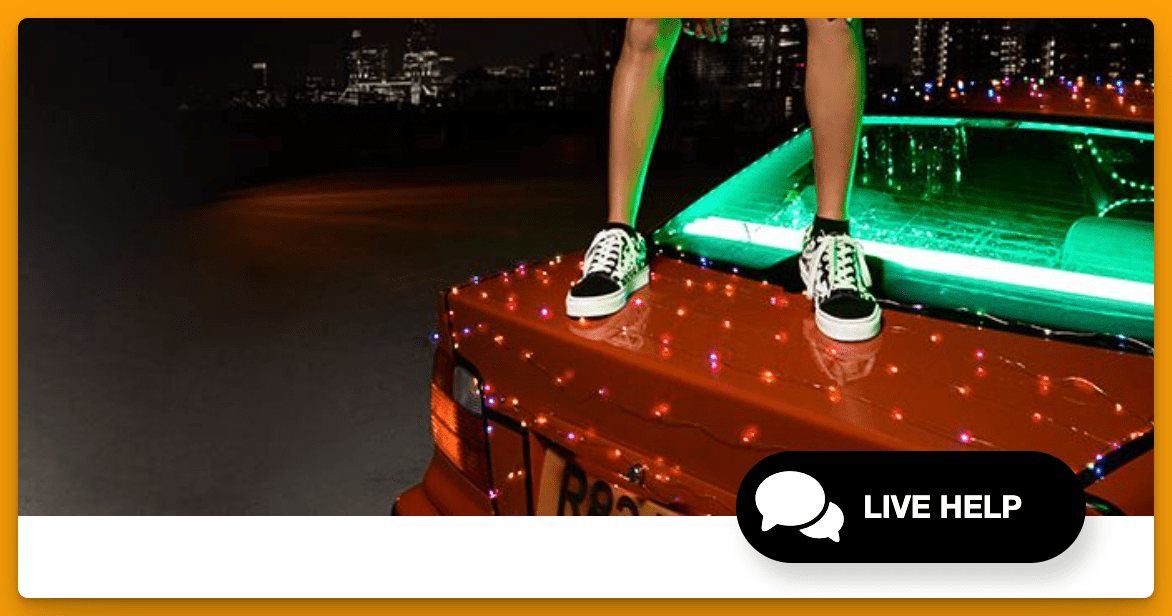
After Action Report – Start Using Trust Badges On Your Site
Trust badges are a great way to improve your eCommerce conversion rates. You can place them in your website’s footer or use them to instill a greater sense of trust throughout various other parts of the buyer’s journey on your site – making visitors more likely to convert.
The only real definitive way to know what works best for your customers is to run A/B tests for different versions and different positions (and achieving statistical significance in those tests, of course, before choosing a winner).


